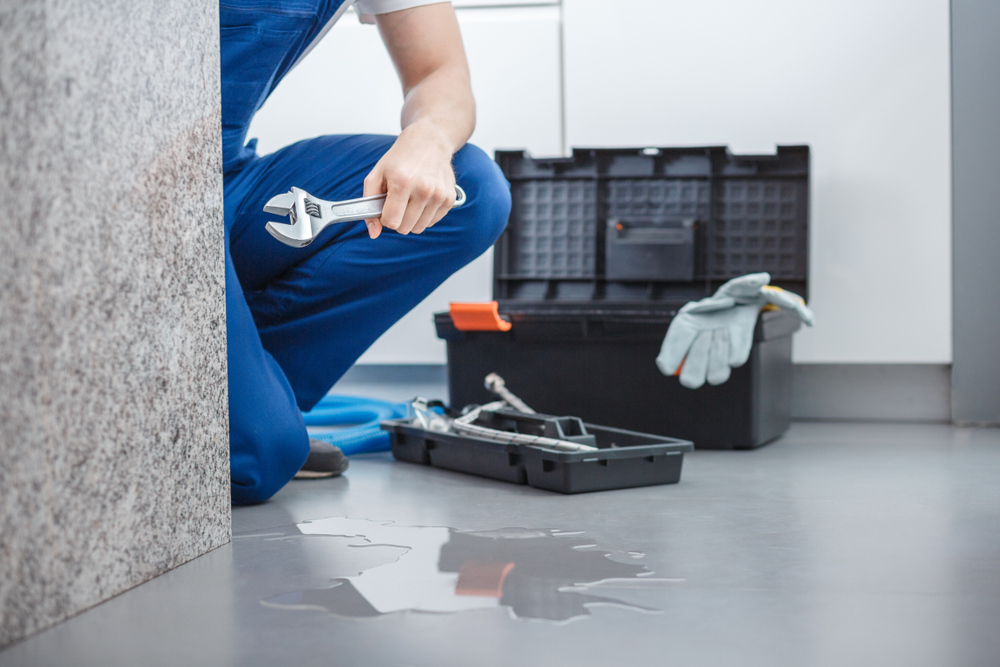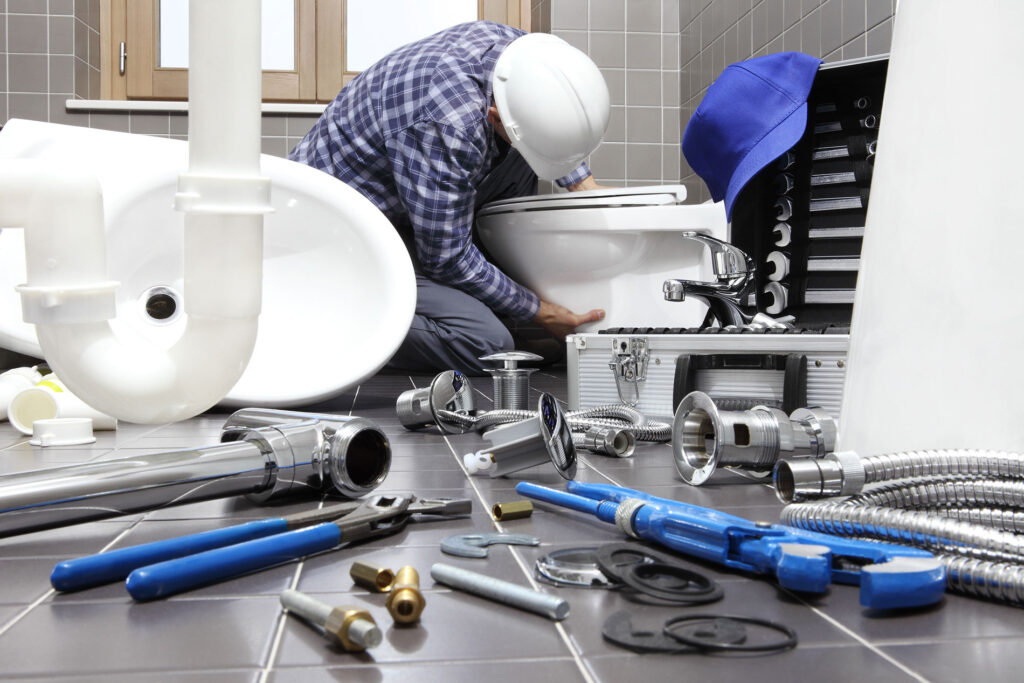
Initial panic is compounded by the thought of heavy excavators demolishing your precious lawn and garden when a pipe bursts in Los Angeles. For many pipe repairs, this was the only option, but no-dig trenchless sewer repairs changed that. Here’s everything you need to know about this environmentally friendly sewer repair option. Repairs that don’t necessitate digging up your yard are known as “trenchless” sewers. No-dig sewer repair methods all avoid digging a trench, but not all of them are completely free of digging. You’ll save money in the long run by not having to hire a giant excavator to dig up your lawn.
It is possible for a professional to use any one of four methods to fix your pipe: Repairing a pipe depends on the age of the pipe, the type of piping that needs to be repaired, and the location of the pipe. So, before you go out and buy a new sewer line, consider the following:
CIPP
An epoxy resin-coated fiberglass tube is inserted into the damaged pipe, and then blown up like a balloon to seal the hole. The epoxy hardens in a few hours, forming a pipe within a pipe. Using CIPP technology, sewer and water line repairs can be completed with the least amount of disruption to nearby streets, sidewalks, and landscaping. The sewer line is reconnected to the main after the new lining has been installed using a robotic cutting device. Unlike conventional pipes, the new epoxy lining is jointless and corrosion-resistant. In contrast, the diameter of a CIPP pipe is reduced because a new pipe is inserted into the old one. Small pipes will have difficulty using this because of its small size.
Pipe Bursting
It might sound like someone is going to burst your pipes with this method, and they are! In order to burst a pipeline, a bursting head is inserted into the damaged section. The bursting head is attached to a new piping piece, which is then threaded through the old line. Old pipe breaks and is pushed out of the way when this happens. New pipe remains. You can ask your professional to install a larger sewer pipe if your home has old pipes that need to be replaced or piping that is too small for the job at hand. It’s important to keep in mind, however, that two holes must be excavated for this method to work, but this is a fraction of the time and expense required for traditional trench repairs.
Spray Lining/ Brush Coating
Sewage pipe leaks can be repaired using epoxy, resin or polymer-based spray lining. Either a spray or a brush is used to apply the sealant. A direct access point allows the coating equipment to enter the pipes, making this repair method non-invasive. As a bonus, it’s easy to set up and cost-effective, taking only a few hours in some cases. The pipes, on the other hand, typically take a day to cure, and this method will not work on any pipes that have been damaged or cracked in any way.
Slip Lining
The oldest and most common method of no-dig sewer repair is the final option. Two holes are needed, but instead of bursting the pipe to seal the leak, a professional inserts a plastic slip liner into the pipe. Because the liner reduces the diameter of your pipe, it can only be used on larger pipes rather than smaller ones, so it’s best for larger pipes. As a result, it’s unlikely that you’ll find this method useful in a residential setting.

Advantages of Trenchless Sewer Lines and Repair
Reduces the amount of time it takes. Trenchless repair saves time by reducing the amount of digging required. As opposed to using conventional methods, many repairs are completed in one day.
Preserves Landscaping. Sewer lines run beneath expensive landscaping in many homes and businesses. Yards can be damaged and expensively repaired when sewer lines are dug up. Using trenchless repair, only one or two small holes are needed to access the sewer lines, minimizing damage to the surrounding landscaping.
Friendly to the Environment Water, sewer, and gas lines are all interconnected in an underground plumbing system. Using a trenchless pipe repair method eliminates the possibility of accidentally hitting another pipe, resulting in the release of hazardous chemicals or raw sewage into the environment.
Cost-Effective. Repairing or replacing a sewer line is one of the most expensive plumbing issues that a homeowner can run into. Less labor is required for trenchless sewer and pipe repairs, which lowers the total cost of the project. To further cut down on repair costs, landscaping and other outdoor features aren’t damaged.
Repairs That Last. Using trenchless methods to repair sewers is just as effective as using traditional methods. Long-term solutions include cured-in-place liners and seamless PVC piping. PVC is impervious to rust and corrosion, making it an excellent material for long-term use. Trenchless repairs are compliant with all plumbing industry regulations.
Improved Performance. Trenchless repairs not only last longer and cost less money in the long run, but they also improve the efficiency of a sewer system. Trenchless piping can be larger than previous pipes, which further increases flow capacity, while pipe liners and trenchless piping can both be installed using larger pipes.
It is common for homeowners to notice slow drains as the first sign of an issue with their sewer line. Damaged sewer lines can restrict or block the flow of waste and wastewater, resulting in a backup inside a building. Putting off sewer repairs is the worst thing you can do if you have a problem. To avoid costly damage and repairs, sewer blockages or leaks in pipes must be repaired as soon as possible. Not only are clogged sewer lines inconvenient, but they can also be dangerous to one’s health. Repairing a sewer system on your own is not an option. You’ll have to hire a licensed plumber who knows how to handle sewage backups safely and efficiently.
